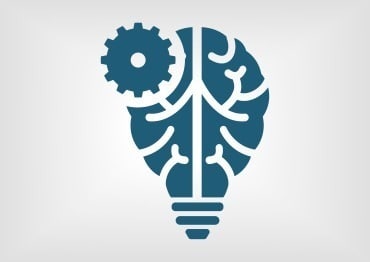Cognitive analytics at the network’s edge?
IBM and Cisco announced June 2 that they will use IBM’s Watson IoT platform to make Cisco’s edge analytics more accessible to businesses and organizations that need to analyze data from remote locations such as mines, factories and oil rigs.
ABI Research estimates that 90 percent of data collected by IoT devices is stored locally without cloud availability, making real-time analytics inaccessible.
“For an oil rig in a remote location or a factory where critical decisions have to be taken immediately, uploading all data to the cloud is not always the best option,” said Harriet Green of IBM Watson IoT, in the announcement.
The collaboration pairs IBM’s leadership in cognitive computing with Cisco’s leadership in edge architectures. “By coming together, IBM and Cisco are helping to make these strong analytics capabilities available virtually everywhere, always,” said Green.
The IBM and Cisco solution will be marketed and sold together, but no pricing information was disclosed.
To illustrate the goal of the Cisco and IBM collaboration, the companies offered the example of workers in remote environments now having the ability to monitor equipment in real time and take advantage of solutions such as predictive maintenance.
In addition, the companies stated that they are working with Bell Canada to bring IoT Watson and Cisco Edge to remote businesses via Bell’s 4G LTE network; with the Port of Cartagena on predictive maintenance; and with SilverHook Powerboats for asset performance.
RTInsights Take: As we’ve previously reported, edge analytics are crucial to many IoT applications. In many use cases, such as power production, intelligent street lights, or traffic lights, sending data to the cloud for analysis — which can take a minute or a few — is not timely enough. There’s also a risk in sending too much data to the cloud, as it can cause network bottlenecks. What’s groundbreaking about the Cisco-IBM collaboration is that it pairs the undisputed leader in network connectivity, edge devices and associated software with the undisputed leader in enterprise analytics. The collaboration is likely to open new IoT business models due to analysis of previously untouched edge data.





























